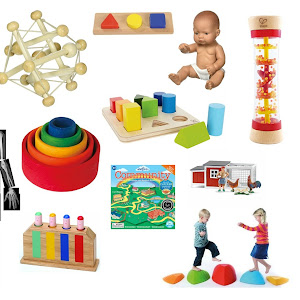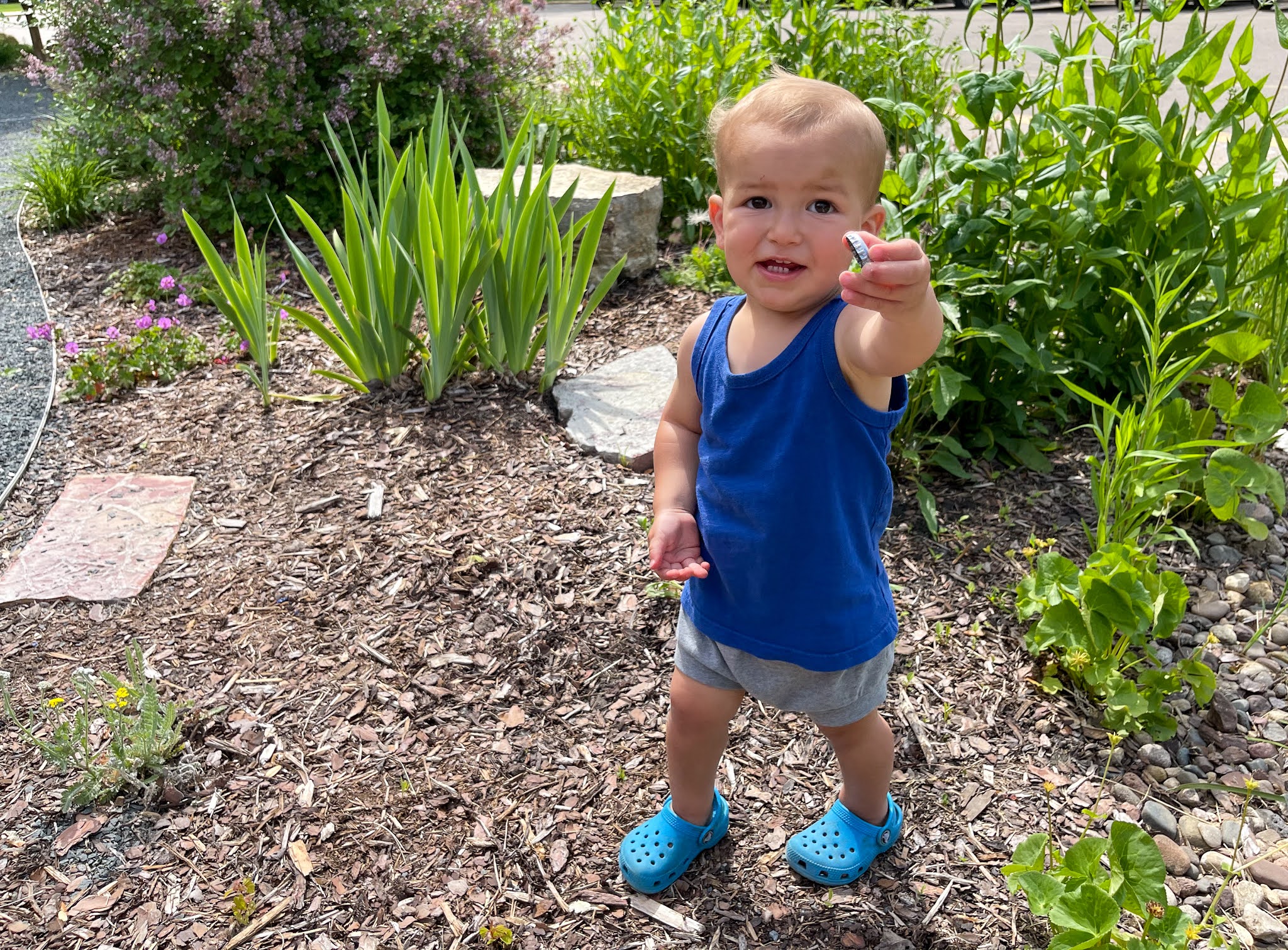The freedom of movement has always been such a huge and important part of why I love Montessori parenting so much. Montessori was ahead of her time in understanding and respecting how important movement is to a child’s development. But just because we know and understand that movement is important doesn’t mean we should force a particular type of movement at any particular time. No, the challenge of being a Montessori parent is sitting back and finding the balance between when to offer an opportunity and when to hang back and observe. This post contains affiliate links at no cost to you. I had to strike this balance recently when I noticed signed that Teddy was ready for a balance bike. He’s been flying around the neighborhood on his tiny trike (an older version of this small bike .) He has gotten proficient at steering it and was even lifting his feet to glide along (completely on his own without direction.) So to me that signaled that it was a perfect time to introduce a balance...












